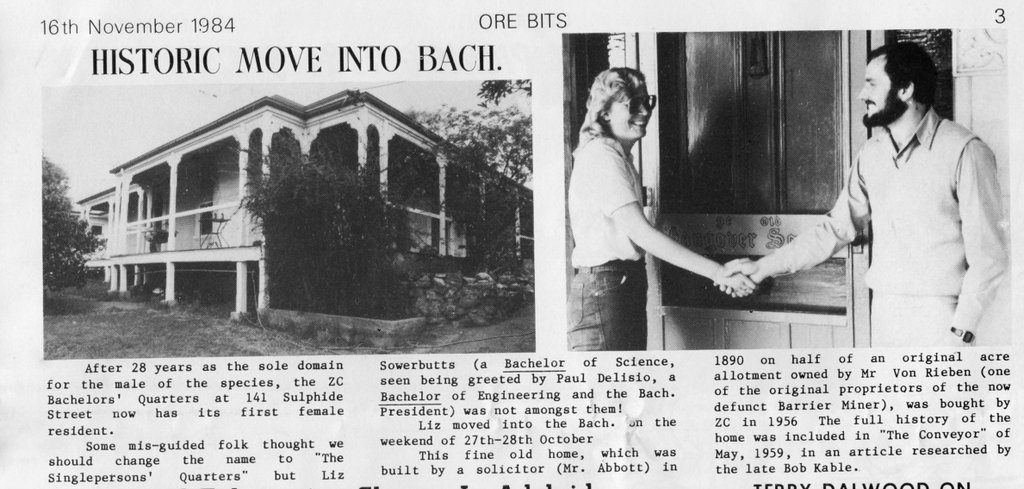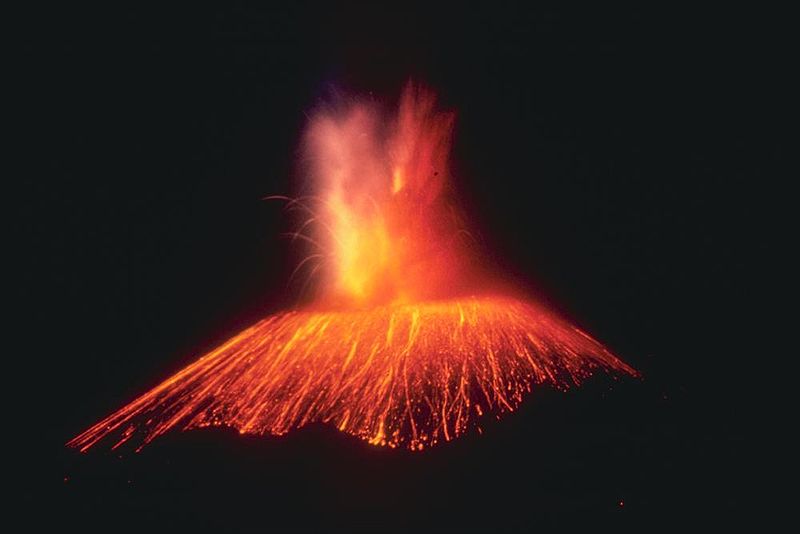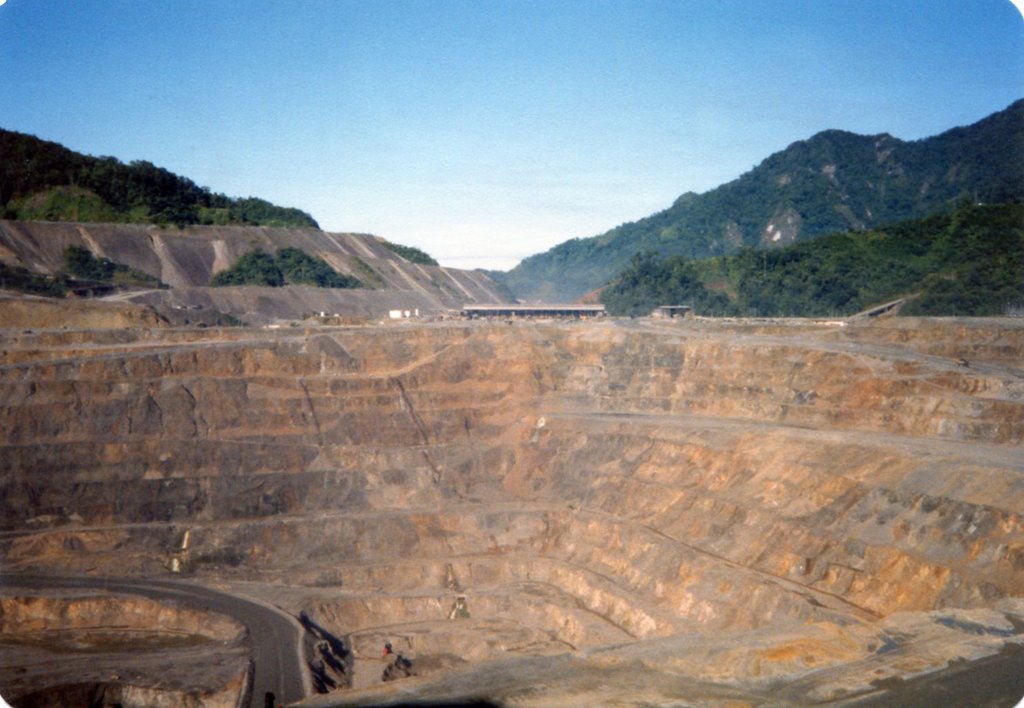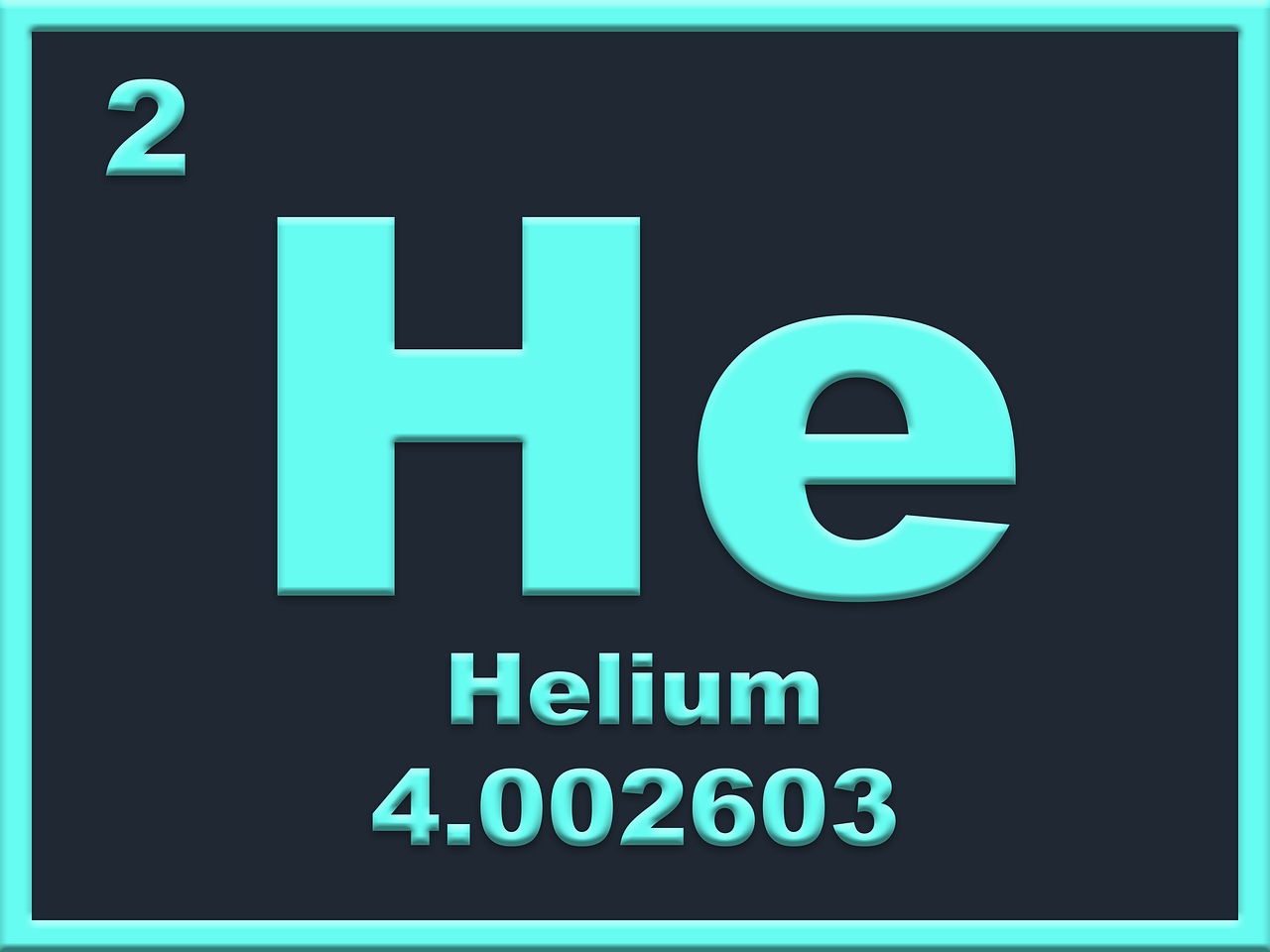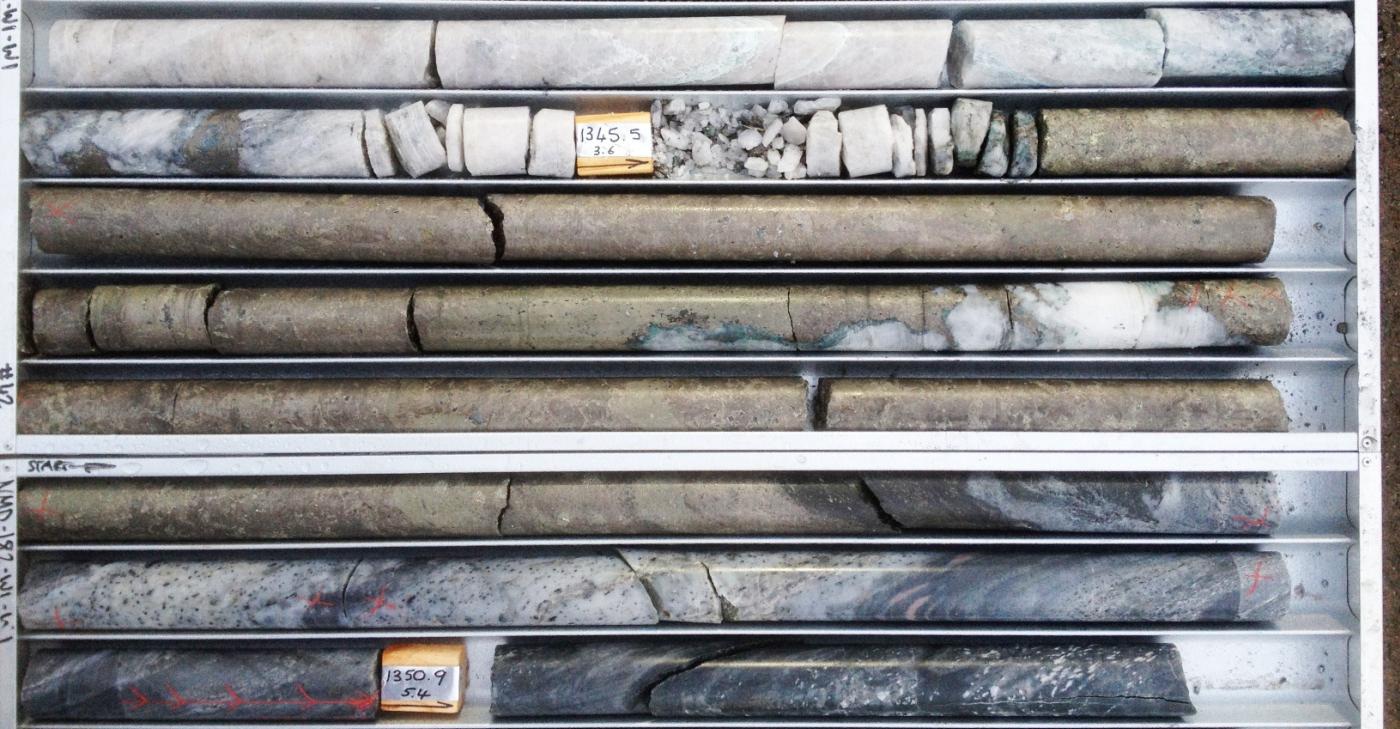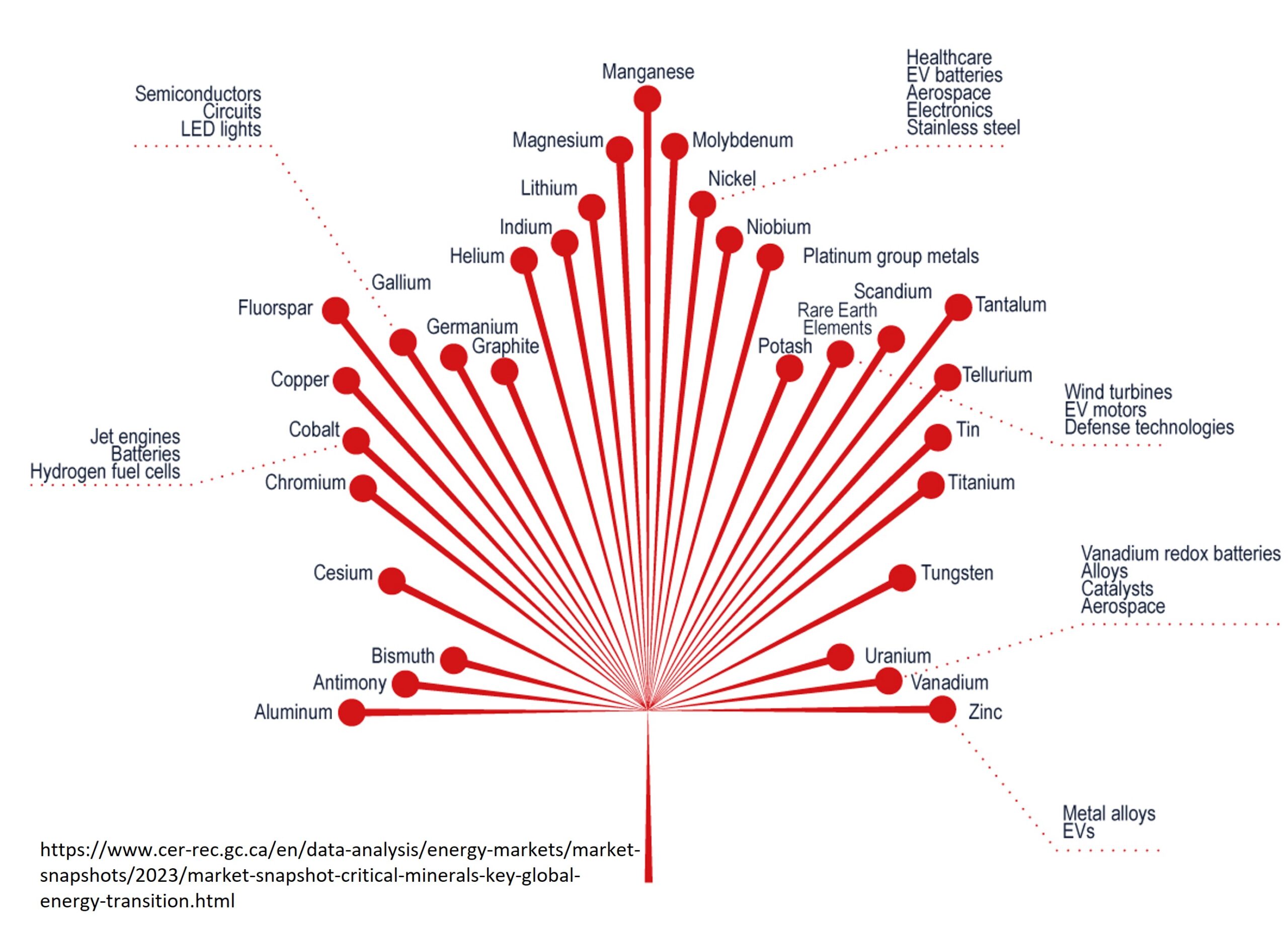Clay is a very fine grained natural rock or soil material made up of one or more clay minerals. As with most things in geology there is no academic consensus on clays – specifically on the groups of clays. Clays are much more complicated than people think – but can be broken down into kaolinite, montmorillonite-smectite, illite +/- chlorite.
Clays are mostly known as building materials, for tiles and bricks for example. They are also well known in art and are used in cosmetics, and you might
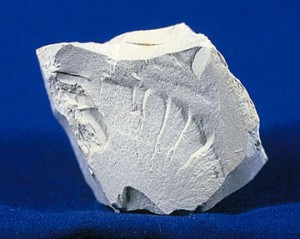
have seen them on the sports field (clay tennis courts for example). But one lesser known and increasingly important use for clay is medicinal.
Although the use of clay for medicinal purposes is ancient, it is currently being modernised and taking on a new form of usage. There are three long established grades of kaolin approved by the British Pharmacopoeia: BP Light, BP Light Natural and BP Heavy.
Clays for medicinal uses are generally kaolin and smectites and halloysite. Halloysite, sometimes thought of as a subgroup to Kaolin, but often referred to as its own category is also well known as a clay with medicinal uses.
It might be noted that medicinal clays are required in smaller quantities than in other applications but may sell at premium price (although sometimes not, if they are competing with a synthetic alternative).
Why Clays?
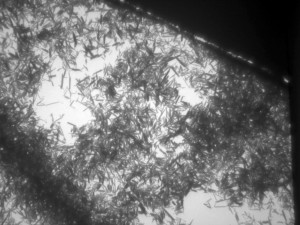
Clay minerals exhibit a variety of characteristics shown to be useful in pharmacology and medicine. For example, clays such as kaolinite and smectites have the ability to swell with the addition of water, and are chemically inert. Montmorillonite can be effective in the adsorbtion of heavy metals. The fine nano-tube structure of the clay mineral halloysite are mostly utilized for their ability to slowly release pharmaceutical preparations which can be added in the form of powders, creams, gels or lotions.
New research is continually evolving with kaolinite and smectites currently being used to aid in the healing of mouth sores, ulcers and control heavy bleeding. Research is also being conducted into hepatitis C virus removal, the killing of E-Coli bacteria, and the ability to treat the symptoms of Irritable bowel syndrome (IBS). Of course research does not always result in a scientifically proven use, but new looks at more ancient medical practices are giving clay a little more respect.

